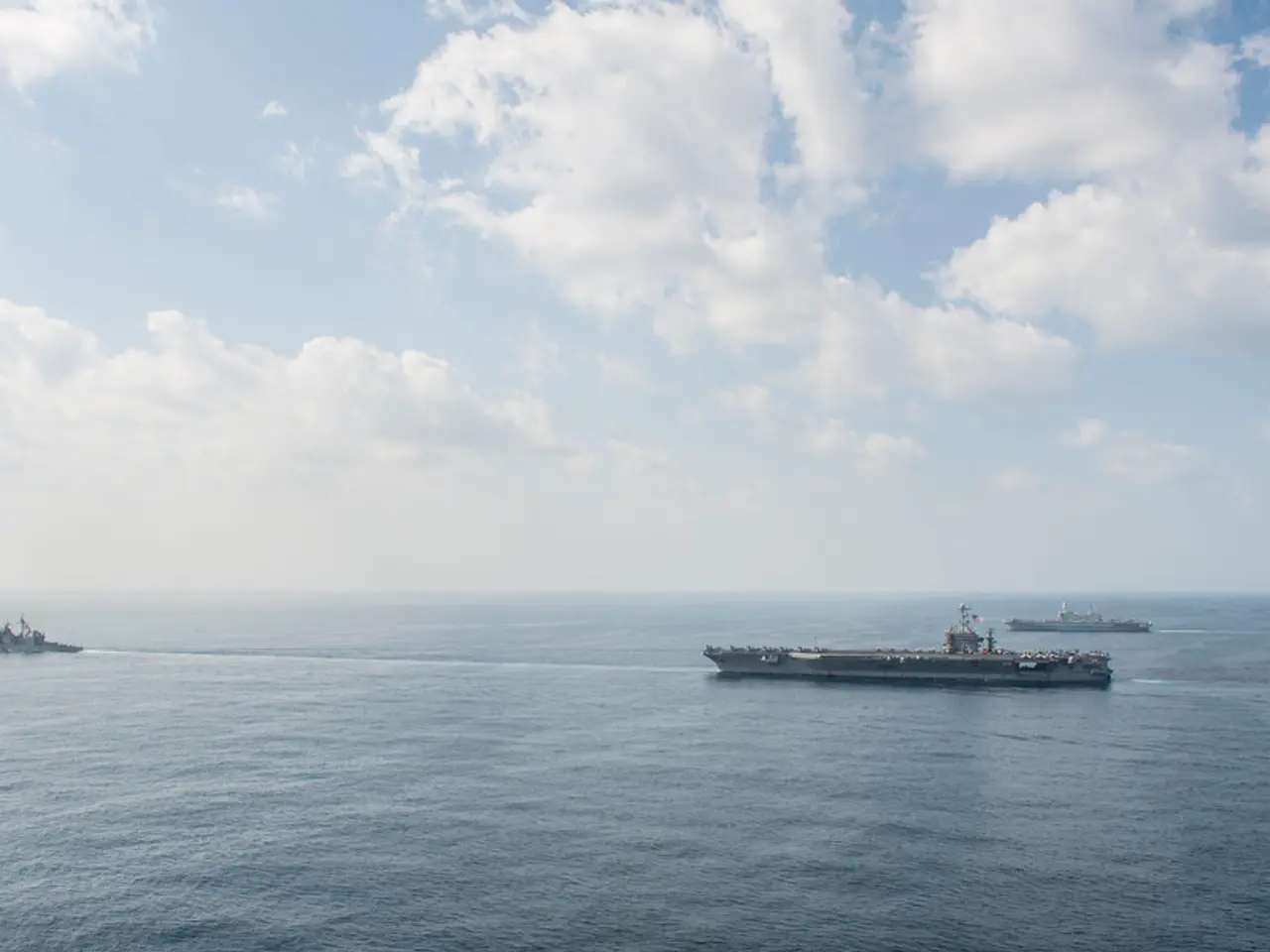Internet Disruption in UAE: Could SpaceX's Starlink Offer a Respite?
Saudi Arabia has recently given the green light for Starlink to be used for aviation and maritime purposes, aiming to expand the country's digital infrastructure. This move comes at a time when the UAE is exploring new regulations to enable broadband satellite services, including Starlink, to ensure uninterrupted connectivity.
However, the region's internet infrastructure faces challenges. The Red Sea corridor, for instance, remains one of the world's most fragile internet bottlenecks, vulnerable to accidental damage from shipping activity as well as geopolitical risks. Recent internet slowdowns in the UAE have been linked to failures affecting the SMW4 and IMEWE cable systems near Jeddah, Saudi Arabia.
Repairing undersea cables is no easy task. It requires specialized ships, which can take days or weeks to locate and fix damage. During such disruptions, services like Starlink could act as a backup, keeping users online, as shown in South Africa where Starlink users remained connected during multiple cable failures.
Starlink, developed by SpaceX, is already operational in several Middle East countries, including Qatar, Oman, Bahrain, Jordan, and Yemen. Its Direct-to-Cell (D2C) technology allows mobile phones to connect directly to satellites without Wi-Fi or additional hardware.
Satellite services like Starlink, SES's O3b M-POWER, and Amazon's Project Kuiper could help deliver better internet quality during fiber outages. However, they currently do not have the capacity to fully replace damaged undersea cables in the UAE. Instead, they can serve as a valuable supplement, helping to maintain connectivity and ease pressure during incidents like the one currently seen.
Public consultations launched in July 2025 aim to allow licensed providers to offer satellite internet to UAE residents. The exact cause of the cable cuts is still unclear, but they can be accidentally damaged by ship anchors or become targets of deliberate attacks. Starlink's low-Earth orbit satellites help maintain connectivity even when ground infrastructure is compromised.
Looking beyond the UAE, Tonga's reliance on satellite links, including Starlink, was forced due to damage to undersea cables in 2022 and 2024. Network diversity, combining fiber and satellite connections, has long been a standard practice for UAE internet service providers to ensure uninterrupted service.
In July 2025, Starlink experienced a global outage lasting two and a half hours, affecting thousands of users. While this incident highlighted the potential vulnerabilities of satellite services, it also underscored their importance as a backup solution during times of crisis. As the world continues to rely heavily on digital infrastructure, the role of satellite services like Starlink in maintaining connectivity is becoming increasingly crucial.
Read also:
- Upcoming iPhone Model: What We Understand Thus Far
- Over a tenth of the apprentices in Thuringia exceed the number.
- Consultation on proposed directive safeguarding workers from chemical hazards in the workplace
- Expansion of the offshore In-water Inspection, Maintenance, and Repair (IRM) market forecasted to grow at a rate of 10.0% by 2034, driven by the increased use of Autonomous Underwater Vehicles (AUV) and Remotely Operated Vehicles (ROV).








